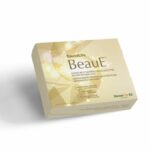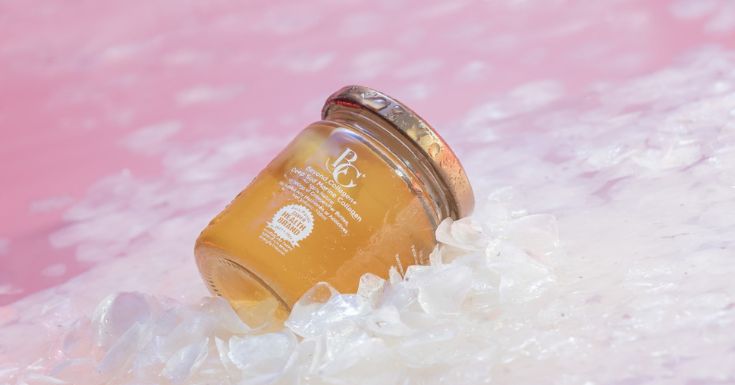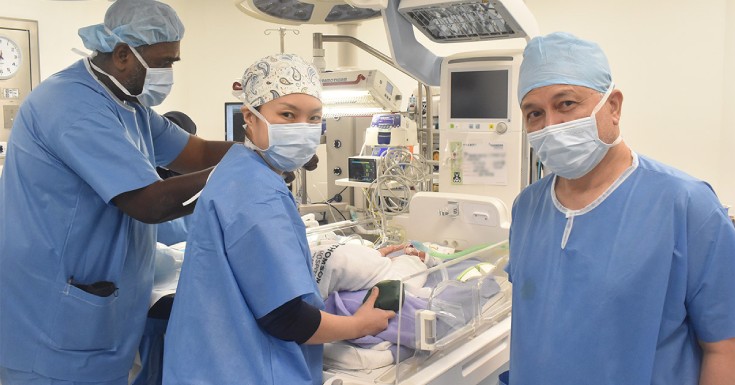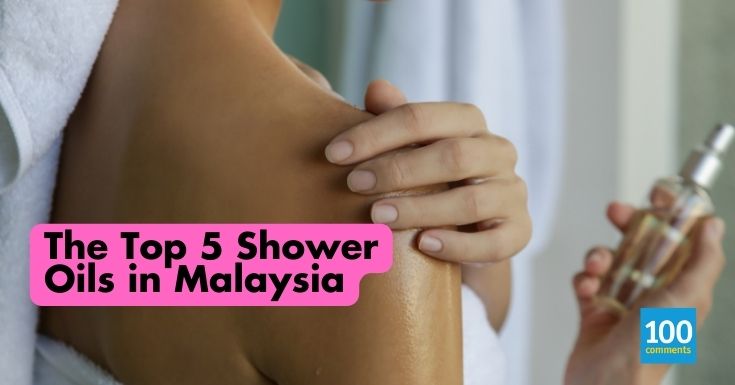The Power of Krill
Only since 2003 have krill omega-3 phospholipids found their way from the icy cold waters of the Southern Ocean onto the shelves as a dietary supplement. They are made by Antarctic krill (Euphausia superba), a small shrimp-like crustacean with big black eyes and a reddish, semi-transparent shell.
With an estimated 500 million metric tons of krill in the Antarctic waters, it represents one of the largest biomasses on Earth. But since krill is also an essential organism as food for various Antarctic marine life including whales, seals, and penguins, sustainable harvesting practices are crucial. These are regulated by the Convention for the Conservation of Antarctic Marine Living Resources (CCAMLR). One of CCAMLR’s many management responsibilities is to set and monitor strict harvesting quotas for krill to ensure the sustainability of the krill biomass. To further promote research on the Antarctic ecosystem, an Antarctic Wildlife Research Fund (AWR) was recently founded by Aker BioMarine, the Antarctic and Southern Coalition – ASOC, and WWF-Norway.
But what differentiates krill oil from fish oil? Krill feed on marine algae that produce the essential omega-3 fatty acids eicosapentaenoic acid (EPA) and docosahexaenoic acid (DHA) that are integrated into the krill bodies. Thus, these omega-3 fatty acids can be extracted in oil, carrying with them other beneficial components such as phospholipids, choline, and astaxanthin. It is this powerful combination of elements that makes krill oil unique in the omega-3 market.
In krill oil, the majority of the omega-3 fatty acids are bound to a particular type of fat called a phospholipid, whereas in other marine oils these omega-3 fatty acids are bound to other forms of fat such as triglycerides.
While triglycerides consist of three fatty acids bound to a glycerol backbone, phospholipids have two fatty acids and instead of the third fatty acid they have a phosphorus group that is further linked to a head group, such as choline.
Due to this arrangement of a water-loving (hydrophilic) head group and water-fearing (hydrophobic) fatty acid tails, phospholipids have the ability to mix with water and to form two parallel layers. This bilayer is formed in such a way that the water-loving heads are on the outer side, while the water-fearing tails are in the inside. This phospholipid formation is the basis for all life since it forms cell walls (membranes).
Thus, if the omega-3 fatty acids are given in phospholipid form, they can readily be integrated into cell membranes. There they regulate membrane fluidity, which is important for the correct functioning of membrane proteins and the transmission of signals over the membrane. Omega-3 fatty acids can also be released from the cell membrane into the cell, where they influence which proteins are made and, ultimately, specific cellular functions.
The compositional difference of omega-3 fatty acids when delivered in either phospholipid (krill oil) or triglyceride (fish oil) form is therefore significant, because it dictates how these fats are incorporated in tissues and used by the body.
Indeed, the evidence is rising that phospholipids might be a more effective delivery form of omega-3 fatty acids to tissues than triglycerides. Single-dose studies in rats, pigs and baboons all found a significant higher fatty acid incorporation into tissues (e.g. brain, liver, kidneys), when they were delivered in phospholipid structure than when they were given in triglyceride form.
Interestingly, only recently has the transporter for DHA into the brain been identified. It was shown that DHA is transported in a lyso-phospholipid form, which is a phospholipid where only one of the two fatty acid chains remains attached [12, 13]. In as much, it might not be surprising that in a rat study DHA-bound phospholipids from krill oil led to a significantly higher DHA incorporation into rat brains than when fish oil was given.
Further, when the effect of feeding krill oil in comparison to fish oil to obese rats was investigated, the researchers found that krill oil also led to a significantly higher incorporation of the omega-3s EPA and DHA into other tissue phospholipids[5]. In the heart, there was a 96% (EPA) and 42% (DHA) higher incorporation after krill oil consumption in comparison to fish oil supplementation. Similar effects were observed in the liver, where the EPA and DHA incorporation was 47 and 13% higher after krill oil supplementation.
Recently, two human intervention studies investigated if phospholipid versus triglyceride omega-3 supplementation is of importance for EPA and DHA levels detected in blood plasma. In a randomized, double-blind, parallel clinical trial, 76 overweight and obese men and women received either Superba™ krill oil, fish oil, or olive oil for one month. The daily amount of EPA was similar in the krill oil and fish oil group, but the DHA quantity was approximately half as much in the krill oil group compared to the fish oil group. Nevertheless, after 4 weeks of supplementation the researchers found that the plasma EPA concentrations were higher in the krill oil group compared to the fish oil group, while the average DHA concentrations from krill were similar to the fish oil group.
Both sources of omega-3 fatty acids were safe and well tolerated and significantly increased EPA and DHA levels in plasma as compared to the control group. But most important, krill oil supplementation resulted in increased plasma EPA levels as well as equal increases in DHA, but at half the dose in comparison to fish oil. Overall, after dose adjustment, the total increase of EPA and DHA in the plasma of the subjects who received Superba™ krill oil was 24% higher after 4 weeks compared to subjects who received fish oil.
Another study found that a lower dose of EPA and DHA from phospholipids compared to a higher dose of omega-3 fatty acids from triglycerides resulted in equal levels of these fatty acids in plasma. In this study, 113 subjects with normal or slightly increased total blood cholesterol and/or triglyceride levels were randomized into three groups and given Superba™ krill oil, fish oil, or a placebo for 7 weeks.
The daily supplementation of total EPA and DHA was approximately 37% less in the krill oil group than in the fish oil group. The results showed that dietary omega-3 administration led to a similar increase of plasma omega-3 fatty acids in both the krill and fish oil groups compared to the control group. After adjustment of EPA and DHA levels in the daily dose given, the results from the krill oil group suggested a 45% higher total EPA and DHA plasma level than in the fish oil group after 7 weeks of administration.
Moreover, the subjects with the highest baseline values of triglycerides further benefited from krill oil supplementation and showed decreased plasma triglyceride levels. Additionally, the HDL-cholesterol/triglyceride ratio, a risk factor for heart disease, was significantly improved in participants after Superba™ krill oil, but not after fish oil treatment.





















Leave a comment